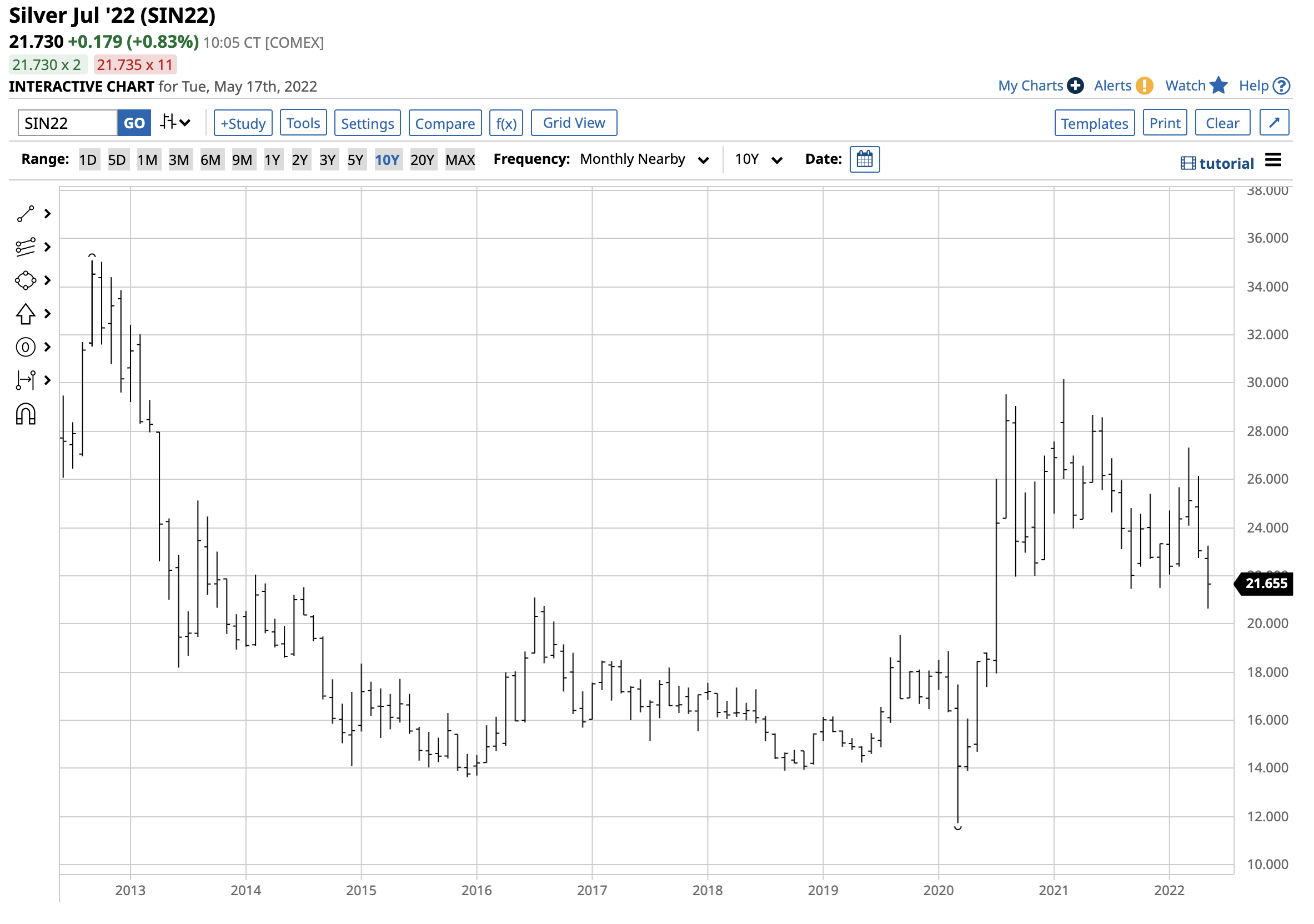
The best way to ensure a decent return on your investment is to invest in the S&P 500. This index is the easiest and cheapest way for you to diversify. This index is designed to replicate the returns of all major U.S. indicies and costs only about a third of the price of mutual funds.
Investing in S&P 500 will give you the highest return.
Investing in S&P 500 can provide many benefits including diversification and low-cost. You can choose to buy the stocks of individual companies from the S&P 500. Or, you could invest in an Index Fund to mirror the entire S&P 500. A brokerage account can buy index funds, which are popular investments for retirement accounts or other goals. Some have tax advantages as well.
The S&P 500 Wall Street Index is the most commonly used. It provides an instant overview of the market's performance. It is possible to add securities that closely mirror the S&P 500 as part of your portfolio. Studies show that investing in stocks that closely match the index is 90% more likely to yield a good rate of return.

Long-term investors may find investing in the S&P 500 a profitable strategy. The annual average return for the S&P 500 Index is approximately 8% if you invest in an ETF or mutual funds. The individual stocks that you choose to buy will have a different return.
This is an inexpensive way to diversify your portfolio
Diversification is essential for investors who are looking to minimize risk while maximising returns. It means diversifying your portfolio across markets, asset classes, and even industries. This allows for you to attain the desired levels and returns at a very low cost. Diversification can also help reduce the emotional impact on your investments. Warren Buffet once famously said that emotion control is an essential aspect of investing.
Diversifying your portfolio is possible by investing in multiple assets such as mutual funds, corporate bonds, and equities. It's risky to invest in just one asset class and it may not perform as well than the overall market. You can ride out market swings with a diversified portfolio and reduce your overall risk.
One way to invest in the s is to purchase index funds that track the S&P 500. These index funds provide excellent diversification and low costs. These funds usually own the largest number of stocks in the benchmark index and then sell shares to investors.

It mimics the returns of all U.S. indices
Passive investing in indices is a popular low-cost option to emulate popular indices. Index funds calculate their performance using a weighted formula. Index funds that have higher market capitalizations are assigned more weight to the formula. This means their performance will be closer to the market.
FAQ
What Is a Stock Exchange?
Companies sell shares of their company on a stock market. This allows investors to buy into the company. The market decides the share price. It is usually based on how much people are willing to pay for the company.
The stock exchange also helps companies raise money from investors. Investors are willing to invest capital in order for companies to grow. This is done by purchasing shares in the company. Companies use their money for expansion and funding of their projects.
Stock exchanges can offer many types of shares. Some shares are known as ordinary shares. These shares are the most widely traded. These shares can be bought and sold on the open market. Prices of shares are determined based on supply and demande.
Preferred shares and bonds are two types of shares. When dividends are paid out, preferred shares have priority above other shares. The bonds issued by the company are called debt securities and must be repaid.
What is a REIT?
An entity called a real estate investment trust (REIT), is one that holds income-producing properties like apartment buildings, shopping centers and office buildings. These are publicly traded companies that pay dividends instead of corporate taxes to shareholders.
They are similar to a corporation, except that they only own property rather than manufacturing goods.
What is a bond?
A bond agreement is a contract between two parties that allows money to be transferred for goods or services. It is also known simply as a contract.
A bond is usually written on paper and signed by both parties. This document details the date, amount owed, interest rates, and other pertinent information.
The bond is used when risks are involved, such as if a business fails or someone breaks a promise.
Bonds are often combined with other types, such as mortgages. This means that the borrower has to pay the loan back plus any interest.
Bonds can also help raise money for major projects, such as the construction of roads and bridges or hospitals.
A bond becomes due upon maturity. This means that the bond owner gets the principal amount plus any interest.
If a bond isn't paid back, the lender will lose its money.
What are some advantages of owning stocks?
Stocks are more volatile than bonds. Stocks will lose a lot of value if a company goes bankrupt.
But, shares will increase if the company grows.
In order to raise capital, companies usually issue new shares. Investors can then purchase more shares of the company.
Companies can borrow money through debt finance. This gives them cheap credit and allows them grow faster.
When a company has a good product, then people tend to buy it. As demand increases, so does the price of the stock.
The stock price will continue to rise as long that the company continues to make products that people like.
Statistics
- For instance, an individual or entity that owns 100,000 shares of a company with one million outstanding shares would have a 10% ownership stake. (investopedia.com)
- Our focus on Main Street investors reflects the fact that American households own $38 trillion worth of equities, more than 59 percent of the U.S. equity market either directly or indirectly through mutual funds, retirement accounts, and other investments. (sec.gov)
- Even if you find talent for trading stocks, allocating more than 10% of your portfolio to an individual stock can expose your savings to too much volatility. (nerdwallet.com)
- US resident who opens a new IBKR Pro individual or joint account receives a 0.25% rate reduction on margin loans. (nerdwallet.com)
External Links
How To
How to make a trading program
A trading plan helps you manage your money effectively. It helps you understand your financial situation and goals.
Before setting up a trading plan, you should consider what you want to achieve. It may be to earn more, save money, or reduce your spending. If you're saving money, you might decide to invest in shares or bonds. If you are earning interest, you might put some in a savings or buy a property. Maybe you'd rather spend less and go on holiday, or buy something nice.
Once you have a clear idea of what you want with your money, it's time to determine how much you need to start. This depends on where you live and whether you have any debts or loans. It is also important to calculate how much you earn each week (or month). Income is the sum of all your earnings after taxes.
Next, make sure you have enough cash to cover your expenses. These include rent, food and travel costs. Your monthly spending includes all these items.
Finally, figure out what amount you have left over at month's end. This is your net disposable income.
You now have all the information you need to make the most of your money.
To get started with a basic trading strategy, you can download one from the Internet. Ask someone with experience in investing for help.
Here's an example.
This graph shows your total income and expenditures so far. You will notice that this includes your current balance in the bank and your investment portfolio.
And here's a second example. A financial planner has designed this one.
It will let you know how to calculate how much risk to take.
Do not try to predict the future. Instead, think about how you can make your money work for you today.